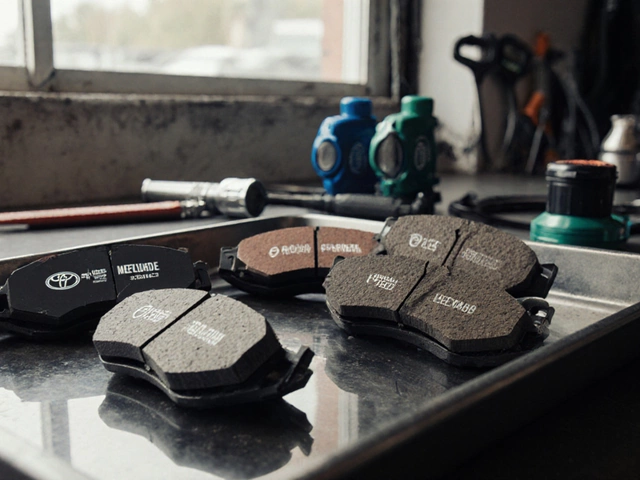
Cleaning Spark Plugs: How to Do It Right and When to Replace Them
When you think about engine trouble, cleaning spark plugs, the process of removing carbon buildup and debris from ignition electrodes to restore proper spark. Also known as spark plug maintenance, it’s one of the simplest fixes that can bring back lost power, improve fuel economy, and stop rough idling. But here’s the truth: cleaning spark plugs isn’t always the answer. Sometimes, it’s just a temporary band-aid on a part that’s already worn out.
Spark plugs are part of the ignition system, the network of components that ignite fuel in the engine cylinders. They work under extreme heat and pressure, and over time, carbon, oil, and dirt build up on the electrodes. This stops the spark from jumping properly, which leads to misfires, poor acceleration, and higher fuel use. If your car sputters at startup or feels sluggish in traffic, dirty or worn spark plugs could be why. But cleaning them only helps if the electrodes are still in good shape. If the gap is too wide, the ceramic is cracked, or the metal is corroded, no amount of brushing will fix it.
That’s why knowing the difference between cleaning and replacing matters. Most modern spark plugs last 60,000 to 100,000 miles, depending on the type—copper, platinum, or iridium. In India’s dusty, stop-and-go traffic, they often need attention sooner. You can clean them with a wire brush and spark plug cleaner, but never use sandpaper or metal tools that can damage the electrodes. A gap gauge is essential to check if the spacing is still correct after cleaning. And if you’re doing this yourself, make sure the engine is cold. Hot engines can warp the threads, and you’ll end up paying more for a head repair than you saved by not replacing the plugs.
There’s also the engine performance, how well your car delivers power, acceleration, and efficiency to consider. Dirty plugs don’t just waste fuel—they strain the catalytic converter, increase emissions, and can even trigger the check engine light. In cities like Delhi or Mumbai, where pollution checks are strict, this isn’t just about money—it’s about compliance.
What you’ll find below are real-world stories from Indian drivers who thought cleaning spark plugs would save them money—and what actually happened. Some saved hundreds by doing it right. Others ended up with broken threads and a tow bill. We’ve pulled together guides on spark plug lifespan, signs of wear, and how to spot when it’s time to replace them instead of clean them. No theory. No fluff. Just what works on Indian roads.
-
17 Mar






